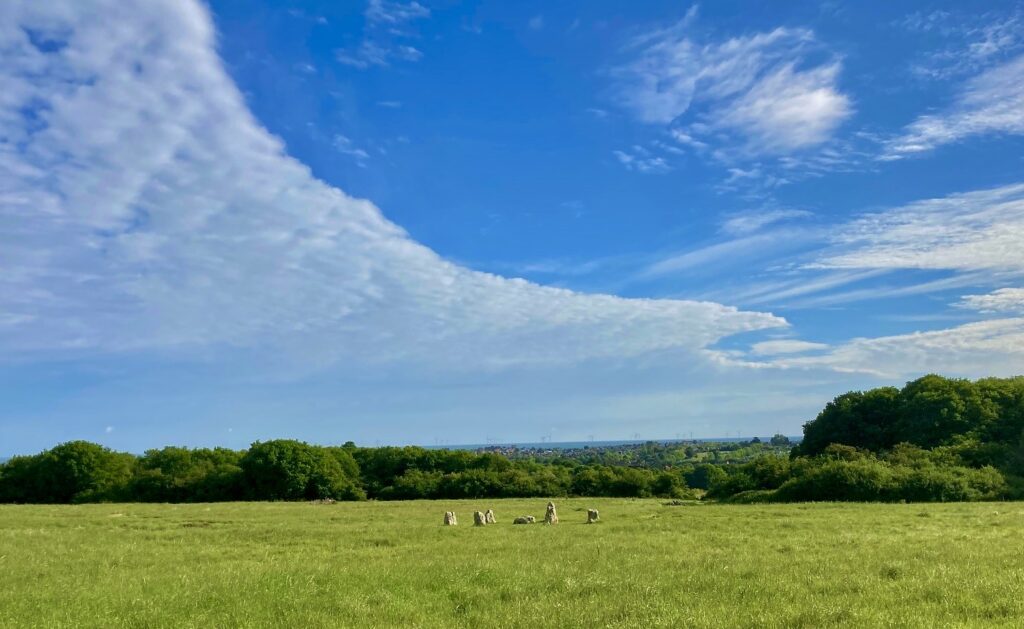Draft Open Space Strategy 2024-2040

Consultation on the draft Open Space Strategy 2024-2040 has now closed.
Thank you to all those who commented. The consultation information will remain on this page given the level of public interest, but you can no longer submit a comment.
——————————————————————————————–
Open spaces provide a number of benefits, including:
- health
- wellbeing
- cultural heritage
- landscape
- education
- climate change mitigation
- biodiversity
- movement for people and wildlife
Open spaces can be divided into nine different types as follows:
1. Parks and gardens
Urban parks and formal gardens, open to the general public. Accessible, high-quality opportunities for informal recreation and community events.
2. Natural and semi-natural greenspaces
Supports wildlife conservation, biodiversity and environmental education and awareness.
3. Amenity greenspace
Opportunities for informal activities close to home or work or enhancement of the appearance of residential or other areas.
4. Provision for children and young people
Areas designed primarily for play and social interaction involving children and young people.
5. Allotments
Opportunities to grow your own produce. Added benefits include the long term promotion of sustainable living, health and social inclusion.
6. Cemeteries, churchyards and other burial grounds
Provides burial space but is considered to provide a place of quiet contemplation and is often linked to the promotion of wildlife conservation and biodiversity.
7. Civic space
Provides a setting for civic buildings, public gatherings and community events.
8. Green corridors
Routes providing walking, cycling or horse riding, whether for leisure purposes or travel. May also offer opportunities for wildlife mitigation.
9. Outdoor sports
Publicly-accessible grassed areas marked for sports pitches.
The aim of the strategy is to inform our approach to the delivery of accessible, high-quality and sustainable open spaces across the district.
It includes aims and objectives to inform our priorities and actions to help meet current and future open space needs.
You said, we did
We consulted on an earlier version of this strategy in 2022 and received numerous comments asking us to strengthen the document.
These included the need to make greater reference and delivery of biodiversity with open spaces, the need for a detailed action plan and also the need to give more consideration to future maintenance of new open spaces.
We have taken these points on board and you will see more reference to biodiversity, the suite of actions and also a section on stewardship (Appendix 4 of the Open Space Strategy). You can read:
What happens next?
Consultation closed on Monday 3 June 2024.
All the feedback we receive will be reported to councillors later in the year.
They will then decide on how best to respond to the feedback before the strategy can be adopted.
Published: 12 March 2024